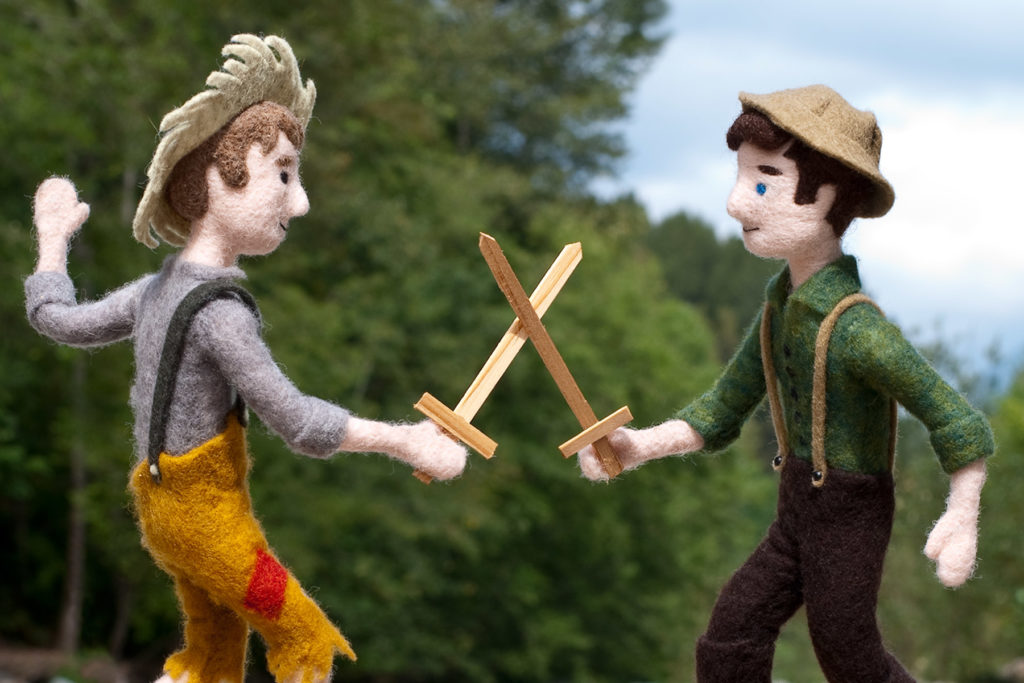 Herman Melville entitled Chapter 32 of Moby Dick “Cetology”, which is the branch of zoology dealing with whales and dolphins. In Chapter 32, Melville cited a number of passages from the “best and latest authorities” of the day on the subject of cetology, including Captain Scoresby (1820) and Surgeon Beale (1839). Melville also remarked that those who have written on the whale in history include the authors of the Bible, Aristotle, Pliny, Linnaeus, and the Reverend Henry T. Cheever. Linnaeus, who took it upon himself to settle a debate on whale classification in 1766, had this to say: “I hereby separate the whales from the fish.”
Herman Melville entitled Chapter 32 of Moby Dick “Cetology”, which is the branch of zoology dealing with whales and dolphins. In Chapter 32, Melville cited a number of passages from the “best and latest authorities” of the day on the subject of cetology, including Captain Scoresby (1820) and Surgeon Beale (1839). Melville also remarked that those who have written on the whale in history include the authors of the Bible, Aristotle, Pliny, Linnaeus, and the Reverend Henry T. Cheever. Linnaeus, who took it upon himself to settle a debate on whale classification in 1766, had this to say: “I hereby separate the whales from the fish.”
Fast forward to 2012, and the “best and latest authorities” on whales are no longer found in dusty tomes. They can now be found in a new, free iPad app called Cachalot (French for sperm whale) (on Facebook). Cachalot, developed at Duke University by our friends Dave Johnston and Kerry Irish, represents a new form of digital textbook. It is completely open access and populated with current content written by experts in the field. Features include “marine megafauna” of the week profiles; expert photos, audio, and video; and National Geographic CritterCam videos. Cetology, it seems, has come a long way, baby.
Even without Cachalot, Melville did lean heavily on the works of others in writing Moby Dick. In fact, much credit may go to the aforementioned Reverend Cheever. Here’s an interview transcript which suggests that Melville may have borrowed the idea for Moby Dick from Cheever’s book The Whale and His Captors. If that’s true, at least Melville cited his sources!
